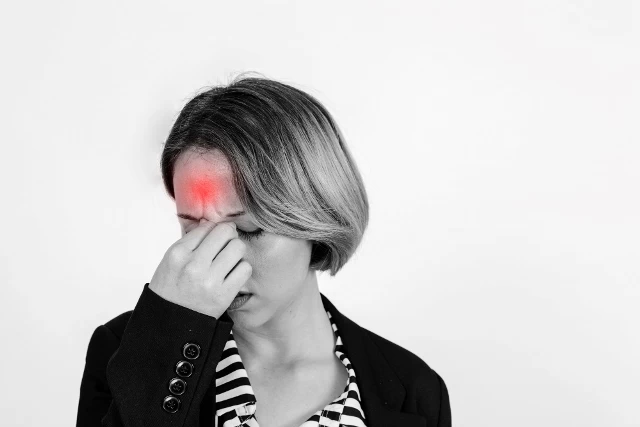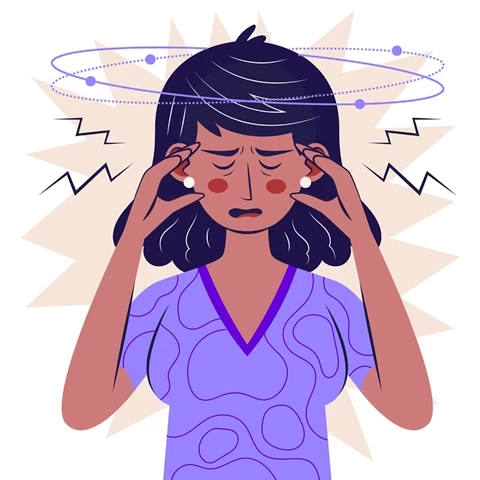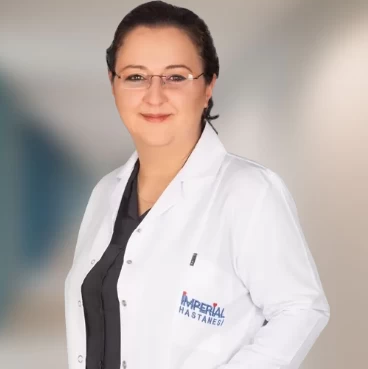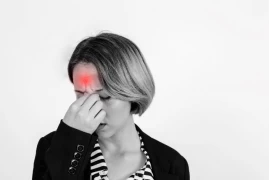
Severe Headache and Migraine: Examination by a Neurology Specialist
- Severe Headache and Migraine: Examination by a Neurology Specialist
- Symptoms and Diagnosis of Migraine
- Causes and Triggers of Migraine
- Treatment and Management of Migraine
- In conclusion...
Headache is a common problem that affects many people today. However, some individuals are more severely affected by headaches. Migraine is a chronic and recurring type of headache that is often associated with severe pain, nausea, vomiting, and heightened sensitivity to light and sound. In this article, we will conduct an in-depth examination of severe headaches and migraines and discuss the treatment options used to manage this condition.
Symptoms and Diagnosis of Migraine
Migraine typically occurs in several stages. The first stage, known as the prodromal stage, involves experiencing certain symptoms before the onset of a headache. These symptoms may include fatigue, tension, weakness, irritability, changes in appetite, and difficulty concentrating. The prodromal stage is followed by the aura stage. Aura refers to neurological symptoms that typically cause temporary changes in vision, sensation, or motor function. Some individuals experiencing aura may have visual changes such as light lines, floating spots, or restricted visual fields. Prodromal symptoms and aura are not mandatory for every individual experiencing a migraine headache.
When a migraine attack begins, the headache intensifies and is usually located on one side or felt more intensely on one side. The pain has a pulsating (throbbing) character and can worsen with daily activities such as physical exertion. At this stage, individuals may experience accompanying symptoms such as nausea, vomiting, photophobia (sensitivity to light), phonophobia (sensitivity to sound), irritability, and difficulty concentrating.
The diagnosis of migraine is based on a detailed evaluation by a neurology specialist and relies on the typical features of the headache. The patient's symptoms play an important role in recognizing migraine and differentiating it from other types of headaches. When necessary, additional medical evaluations such as blood tests or brain imaging studies (MRI or CT scans) may be conducted to exclude other potential causes underlying the headache.

Causes and Triggers of Migraine
The exact cause of migraine is unknown, but it is believed to result from the interaction of genetic and environmental factors. The triggers for a migraine attack can vary individually, but some commonly accepted factors include:
- Stress: Intense stress can trigger a migraine attack or worsen existing migraine symptoms.
- Hormonal Changes: Fluctuations in estrogen levels can trigger a migraine attack. Therefore, hormonal changes such as the menstrual cycle, pregnancy, and menopause often accompany migraine attacks in women.
- Sleep Disorders: Insomnia or excessive sleep can trigger a migraine attack.
- Foods: Certain foods and beverages can trigger a migraine attack. Examples include chocolate, caffeine, alcohol, cheese, and substances like aspartame.
- Environmental Stimuli: Environmental factors such as bright lights, loud noises, changing weather conditions, perfumes, etc., can initiate a migraine attack.
Treatment and Management of Migraine
Migraine treatment focuses on reducing the frequency and severity of migraine attacks and treating accompanying symptoms. The treatment plan typically includes medications, lifestyle changes, and management strategies to be employed during a headache attack. Here are some commonly used methods in migraine treatment:
- Analgesics: Pain relievers (such as acetaminophen, ibuprofen) used in mild to moderate migraine attacks can alleviate the headache. However, overuse of such medications can lead to rebound headaches.
- Triptans: Triptans are stronger medications used during a migraine attack. They relieve migraine symptoms by targeting serotonin receptors. Triptans can be obtained with a prescription from a neurology specialist.
- Preventive Medications: Preventive (prophylactic) medications can be used in individuals experiencing frequent and severe migraine attacks. These medications help reduce the frequency of migraines and bring them under control preventively. Commonly used drugs include beta blockers, antidepressants, calcium channel blockers, etc.
- Lifestyle Changes: Lifestyle changes such as stress management, maintaining a regular sleep pattern, regular exercise, following a healthy diet, and avoiding migraine triggers play a significant role in reducing the frequency of migraine attacks.
- Alternative Treatment Methods: Some individuals may turn to alternative treatment methods such as acupuncture, massage therapy, meditation, or yoga to alleviate migraine symptoms. However, the effectiveness of these treatments can vary individually, and it is important to consult a specialist before starting any alternative treatment.
In conclusion...
Severe headaches and migraines are conditions that significantly impact quality of life. The treatment of migraines focuses on alleviating the severity of headaches and reducing the frequency of migraine attacks. A neurology specialist is the best guide for diagnosing migraines and developing a treatment plan. Additionally, self-applied strategies such as lifestyle changes and avoidance of triggers can help manage migraines.



